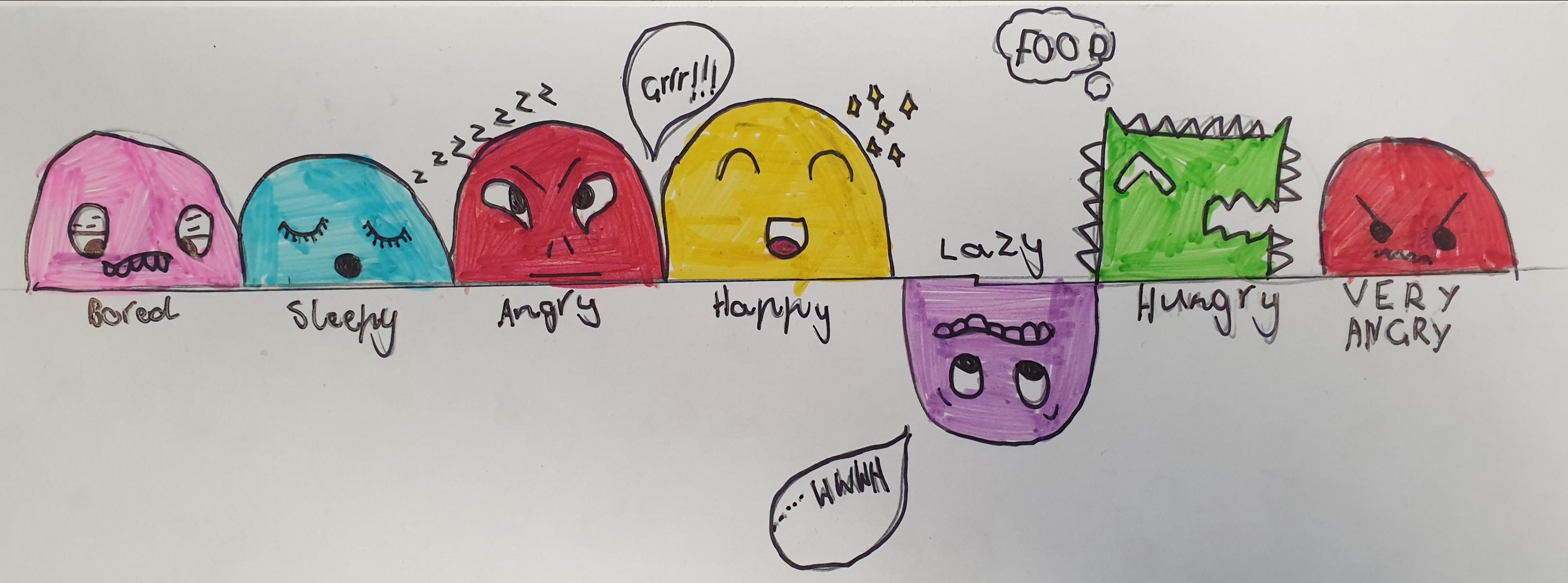Strategies for coping
Prepared by Natalie Bradshaw (Psychologist)
CEM Southern Region 2020

Strategies for coping
Prepared by Natalie Bradshaw (Psychologist)
CEM Southern Region 2020
Suggestions to assist in transitioning back to school:
Maintain structured daily schedules and routines.
Consider use of a morning visual schedule with an associated checklist. Also, use of daily or weekly visual schedule and calendar.
Ensure good sleeping habits– gradually decreasing holiday times to typical school bedtimes with regular bedtime routine.
Talk to your child about any specific worries they may have about being at school and validate and normalise their feelings (avoid dismissing or minimising their feelings however assist them to put their fears into perspective – use of catastrophe scales)










Assist your child with more helpful thinking patterns e.g.,
Anxiety worries:
It’s hard to switch teachers.
I don’t know the rules in the classroom.
I’m worried that I won’t be able to keep up.
If I don’t understand something, I can ask a question.
Encourage your child to ask themselves:
Do I know for sure that ______ will happen?
What else could happen?
What evidence do I have for and against my fear?
What’s the worst case/best case/most likely outcome?
What would I tell a friend?
Encourage Problem Solving
1. Ask a friend for help
2. Talk to the teacher to help explain it in a different way etc.)
Create an anxiety plan
Reach out to your child’s teacher to discuss your child’s anxiety.
Identify and Practice Coping strategies to reduce anxiety, including:
Deep breathing (in for 4, hold for 4, out for 4)
Progressive Muscle Relaxation (beginning with hands and arms, tense muscles for five seconds and slowly release. Repeat. Next, move on to feet and legs, then neck and shoulders to release muscle tension)
Use a stress ball to relieve muscle tension
Quiet space in room to retreat to if anxious (with music, books, cushions etc.)
Use of emotional toolbox (physical, relaxation, social and thinking tools)
Rewards Parents should aim to:
“Empathise & Encourage” by Validating child’s experience & showing confidence in their ability to manage distress and problems
Showing your child that you hear them and understand their anxiety
Demonstrating a calm, accepting attitude towards your child
Encouraging open communication
Helping your child identify and label their feelings and thoughts
Express confidence in your child’s ability to cope -Remind your child of past successes and inherent strength -Engage your child in problem solving Communication Skills
Be a “coping model” -Praise approach behaviours towards the goal
Avoid criticising your child for experiencing anxiety
Provide prompts and reminders for coping skills (eg: breathing)
Manage own parental anxiety with their own coping tools and thinking tools
Prepared by Natalie Bradshaw (Psychologist)
CEM Southern Region 2020